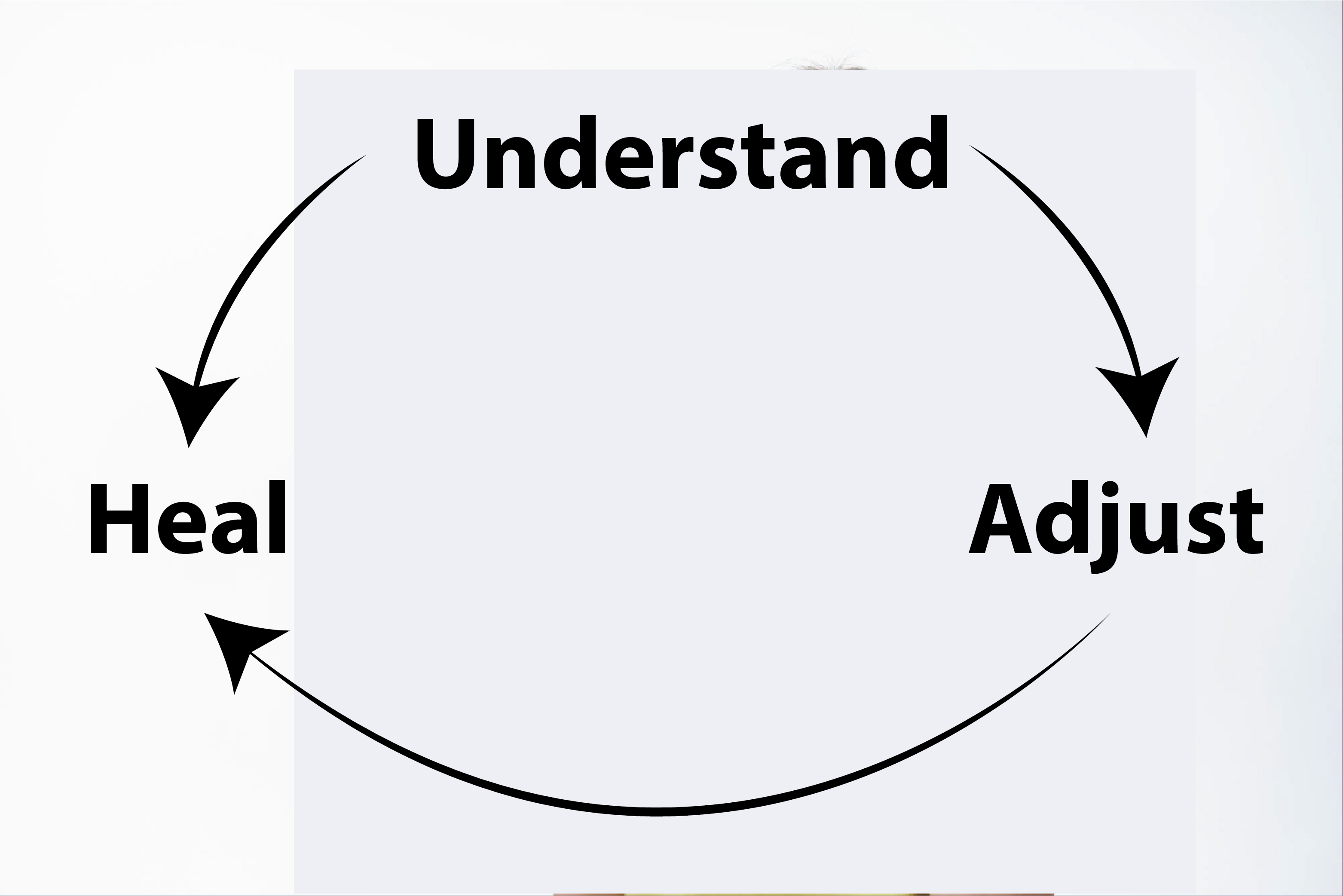Natural Remedies for Arthritis: Do They Really Work?
2025-08-07 “It started as just some stiffness in my fingers… now it even hurts to turn a doorknob.” If this sounds familiar, you are not alone. For millions around the world, arthritis is not just a term people read in their health dictionary; arthritis is a daily experience. It’s getting out of a chair and experiencing pain in your knees. It’s waking up, and your hands stick and are stiff. It is the quiet frustration that something as simple as pouring tea is actually a painful event. And, with pain medications offering, at best, short-term relief (and the bonus of side effects), many folks are searching for natural solutions and lifestyle changes that may help soothe and improve their arthritis so they can get control of their lives again. But before we site-search turmeric, yoga, and warm compresses, let's first pause and take a step backward to consider: Do natural solutions for arthritis actually work, or are we treating the symptoms and not the cause? To meaningfully answer that question, we'll have to lift the hood, get through the hype, past the pills, and really understand arthritis for what it is: What is actually happening inside your body, why is it happening, and are there natural approaches that could actually help? Keep in mind that arthritis, at its most fundamental level, means inflammation of the joints. But calling arthritis "inflammation" is like calling a hurricane "wind." In fact, arthritis encompasses more than 100 distinct conditions, from ordinary wear-and-tear to full-blown autoimmune disease. Joints points where bones meet, are complicated constructions, made of cartilage, liquid, membrane, and soft tissues. When one or more components decrease in health, it cascades down to the following: Pain Swelling Stiffness Loss of movement Cracking or grinding sounds Whether you are young and active or old and slow-moving, arthritis can develop over time, or it can hit you suddenly. The trick is to understand why. Let's simplify this to five fundamental roots, no BS: Wear & Tear (Osteoarthritis) The most common type of arthritis. Over time, cartilage (the shock absorber of your joints) breaks down. This lets bones rub against bones. Painful? Yes. Preventable? Yes, often yes—especially when caught early. Commonly found in: knees, hips, lower back, hands Triggers: aging, obesity, joint injury, repetitive stress Immune System Gone Wild (Rheumatoid Arthritis & more) This time, your immune system does not check with your joints. It mistakes the cells in the lining of your joints as enemy intruders and attacks them. This is a reason for swelling, warmth, and permanent damage if left untreated. Symptoms of this condition typically include: stiffness in the morning, symmetrical pain (both hands or knees), and fatigue. Natural insight: Instead of just treating pain, we want to reduce stress, manage diet, and inflammation. Crystals in the Joint (Gout) When blood levels of uric acid get too high, needle-shaped crystals can form, which can become lodged in a joint-generally the big toe first. This usually comes on quickly, and it is unbearably painful. The symptoms can also be exacerbated by certain foods and dehydration. Triggers: red meat, alcohol, sugar, poor kidney function Natural intervention: Staying hydrated and maintaining a level of activity with dietary flexibility may prevent exacerbation. Infections (Appearances can be Deceiving) Sometimes an infection in another part of the body may incite joint inflammation. Other times, bacteria can actually invade the joint space directly. Examples of causes are: STDs, food poisoning, Lyme disease Red flag: a hot, swollen joint that feels “different” and is very painful sends patients to the doctor’s office. 5. Genetics, Hormones & HIDDEN risk factors A number of types of arthritis are related to genetics and tend to run in families, especially autoimmune types. Women are generally more prone to develop RA, while men are more prone to gout. Other risk factors include stress, hormonal changes, environmental risk factors, and even previous injury. So… Can Natural Remedies Really Help? Now that we know why arthritis occurs, let's discuss how natural approaches can assist, not in simply suppressing the pain symptoms, but supporting the body to repair itself. When people say that they use "natural remedies," they typically mean things like: Gentle motion (yoga or stretching) Anti-inflammatory foods Warm compress or soaking in Epsom salt Mind-body techniques (meditation and breath) Avoiding "triggers" (red meats in gout) These are not the absolute solution to the problems of arthritis. There are ways to help restore balance, decrease inflammation, and protect the joints over time in a more natural way. And here is the key: Using them to support the body works better than simply masking the symptoms! Rather than a "quick fix," think of treating arthritis as a cycle: Recognize what is going on in your joints Change your behaviours to provide less inflammation and strain Heal through intentionality, gentle movement, hydration, stress management, and joint-friendly behaviours Yes, this is work. But it is real. And the relief is often deeper and longer-lasting than anything in a pill bottle. Pain is real. Frustration is real. However, there is also the possibility of feeling better naturally. If you or someone you know is suffering from arthritis, don’t manage the pain. Understand it. Learn to work with your body, instead of against it. Nature has wisdom, not in miracle pills, but in a slow, powerful process of correcting your system.What Is Arthritis, Really?

What Causes Arthritis? The Real, Root-Level Truth

The Natural Arthritis Cycle: Understand → Adjust → Heal

Check Out: Top 5 Benefits of Choosing L&B Clinic for Your Arthritis Treatment
Conclusion:
.png)















